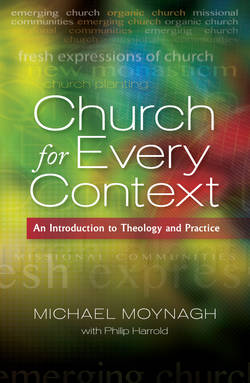Читать книгу Church for Every Context - Michael Moynagh - Страница 76
На сайте Литреса книга снята с продажи.
The strength of the old attractor
ОглавлениеDespite the amplifying actions just described, many in the wider church are trapped in a ‘narrative’ of decline. It is a story of shrinking attendance, clergy numbers and finance. Churches are increasingly focused on managing this decline. Diminishing financial and managerial resources are spread ever more thinly over existing congregations, with little left for innovation. Observation suggests that in most discussions about strategy, coping with the effects of decline is higher on the agenda than starting new types of church.
Where decline has become normal, some find innovation threatening. A new church may be accused of drawing people away from struggling neighbours. Shifting resources from existing to new churches is seen as a risk: what will happen if the new gatherings are unfruitful? Will the church as a whole be weakened? Institutions have an instinct for self-preservation. Spending on a new initiative puts resources into something that does not yet exist. No one misses the money if it is not spent. But withdrawing funds from an existing activity evokes howls of anguish (Mannoia, 2005, p. 115).
Amid these head winds are signs that an alternative attractor is starting to take shape. Given complexity theory’s stress on unpredictability, it would be rash to anticipate what this attractor will look like, if it prevails. But there are five pointers.
